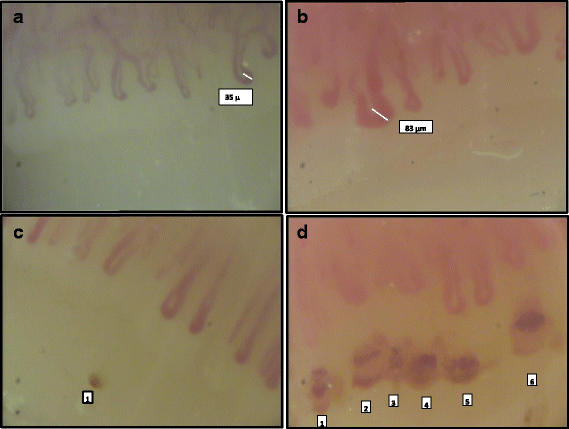The cumulative number of micro-haemorrhages and micro-thromboses in nailfold videocapillaroscopy is a good indicator of disease activity in systemic sclerosis: a validation study of the NEMO score
- PMID: 28610600
- PMCID: PMC5470283
- DOI: 10.1186/s13075-017-1354-5
The cumulative number of micro-haemorrhages and micro-thromboses in nailfold videocapillaroscopy is a good indicator of disease activity in systemic sclerosis: a validation study of the NEMO score
Abstract
Background: Some abnormalities in nailfold videocapillaroscopy (NVC), such as the presence of micro-haemorrhages (MHEs), micro-thromboses (MTs), giant capillaries (GCs) and reduction in the number of capillaries (nCs), suggest a disease activity (DA) phase in systemic sclerosis (SSc). In a previous paper, we showed that the number of micro-haemorrhages and micro-thromboses (the so-called NEMO score) was the NVC feature more closely associated with DA. The present study was aimed at validating the NEMO score as a measure of DA in patients with SSc.
Methods: Two cohorts of 122 and 97 patients with SSc who were referred to two different rheumatology units, one in Milan and one in Naples, respectively, constituted the validation cohorts. The NEMO score, the total number of GCs and the mean nCs per digit were the parameters defined in each patient by eight-finger NVC. An expert operator analysed the NVCs in each of the participating units. The European Scleroderma Study Group (ESSG) index was used to define the DA level in each patient at the time of NVC examination.
Results: The NEMO score was the NVC parameter more strictly correlated with the ESSG score in both the Milan and Naples cohorts (p < 0.0001), and it was the only one among the NVC variables that gave a significant contribution in a logistic model where the ESSG score represented the dependent variable. ROC curve analysis confirmed that the NEMO score had the best performance in measuring DA. The AUC of the NEMO score was significantly greater than the AUCs obtained by plotting the sensitivity and specificity of the number of GCs and the mean nCs (p < 0.0001 in all cases). The NEMO score values that showed the best sensitivity-specificity balance in capturing patients with a relevant DA level were slightly higher in the Naples cohort than in the Milan cohort.
Conclusions: This study confirms that the presence of a certain number of MHEs and MTs in NVC may be considered a strong warning signal of a current phase of DA in patients with SSc.
Keywords: Disease activity; Nailfold videocapillaroscopy; Systemic sclerosis.
Figures


References
-
- Van den Hoogen F, Khanna D, Fransen J, Johnson SR, Baron M, Tyndall A, et al. 2013 Classification criteria for systemic sclerosis: an American College of Rheumatology/European League Against Rheumatism Collaborative Initiative. Arthritis Rheumatol. 2013;65:2737–47. doi: 10.1002/art.38098. - DOI - PMC - PubMed
-
- Ingegnoli F, Boracchi P, Gualtierotti R, Lubatti C, Meani L, Zahalkova L, et al. Prognostic model based on nailfold capillaroscopy for identifying Raynaud’s phenomenon patients at high risk for the development of a scleroderma spectrum disorder. Arthritis Rheumatol. 2008;58:2174–82. doi: 10.1002/art.23555. - DOI - PubMed
Publication types
MeSH terms
LinkOut - more resources
Full Text Sources
Other Literature Sources
Medical
Miscellaneous

